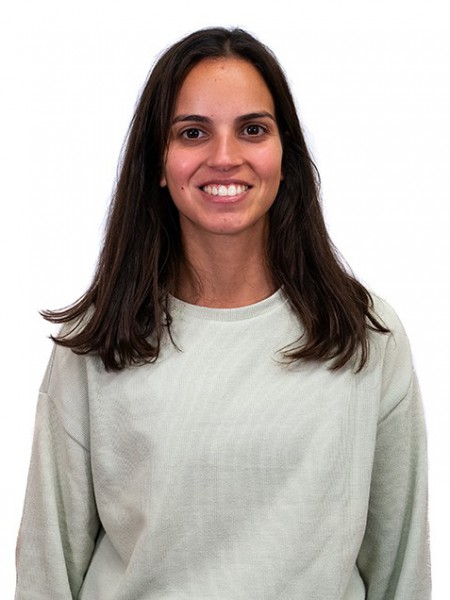abstract
All-aqueous immiscible systems derived from liquid-liquid phase separation of incompatible hydrophilic agents such as polymers and salts have found increasing interest in the biomedical and tissue engineering fields in the last few years. The unique characteristics of aqueous interfaces, namely their low interfacial tension and elevated permeability, as well as the non-toxic environment and high water content of the immiscible phases, confer to these systems optimal qualities for the development of biomaterials such as hydrogels and soft membranes, as well as for the preparation of in vitro tissues derived from cellular assembly. Here, we overview the main properties of these systems and present a critical review of recent strategies that have been used for the development of biomaterials with increased levels of complexity using all-aqueous immiscible phases and interfaces, and their potential as cell-confining environments for micropatterning approaches and the bioengineering of cell-rich structures. Importantly, due to the relatively recent emergence of these areas, several key design considerations are presented, in order to guide researchers in the field. Finally, the main present challenges, future directions, and adaptability to develop advanced materials with increased biomimicry and new potential applications are briefly evaluated. This review focuses on strategies to fabricate biomaterials, including the ones with higher degree complexity and cell-rich constructs, using all-aqueous immiscible systems and critically discusses their potential, key requirements, and challenges.
keywords
IN-WATER EMULSIONS; PARTICLE-STABILIZED WATER; ONE-STEP GENERATION; PHASE-SEPARATION; 2-PHASE SYSTEMS; MICROFLUIDIC GENERATION; INTERFACIAL-TENSION; CELLS; DROPLETS; MICROCAPSULES
subject category
Chemistry; Materials Science
authors
Gonçalves, RC; Oliveira, MB; Mano, JF
our authors
Projects
CICECO - Aveiro Institute of Materials (UIDB/50011/2020)
CICECO - Aveiro Institute of Materials (UIDP/50011/2020)
Associated Laboratory CICECO-Aveiro Institute of Materials (LA/P/0006/2020)
Collaboratory for Emerging Technologies, CoLab (EMERGING TECHNOLOGIES)
acknowledgements
This work was financially supported by the European Research Council grant agreement ERC-2019-ADG-883370 (project REBORN, DOI: 10.3030/883370). It was developed within the scope of the project CICECO-Aveiro Institute of Materials, UIDB/50011/2020, UIDP/50011/2020 (DOI: 10.54499/UIDB/50011/2020; DOI: 10.54499/UIDP/50011/2020), and LA/P/0006/2020 (DOI: 10.54499/LA/P/0006/2020), financed by national funds through the FCT/MCTES (PIDDAC). Mariana B. Oliveira acknowledges national funds through FCT - Fundacao para a Ciencia e a Tecnologia, I.P., under the Scientific Employment Stimulus - Institutional Call - CEECINST/00013/2021 (DOI: 10.54499/CEECINST/00013/2021/CP2779/CT0010). Raquel C. Goncalves also acknowledges financial support received from FCT through individual grant 2021.07435.BD (DOI: 10.54499/2021.07435.BD).




